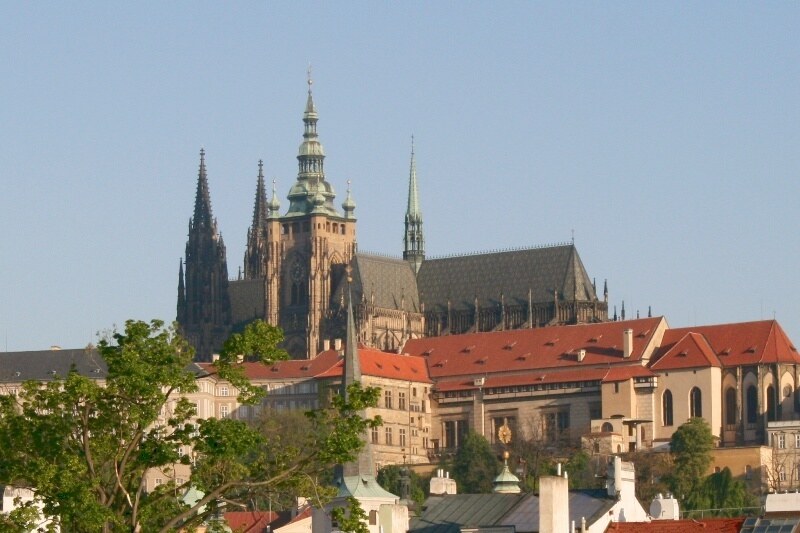
Obsah
Obsah
Portál

Father Edward McNamara, professor of Liturgy at the Regina Apostolorum University, answers the question on the tradition of 3 masses celebrated on the Christmas Day: At Night, At Dawn, and During the Day.Full text of the news in Czech: HERE.
Rome (I): 'Christmas as a liturgical feast falling on Dec 25 originated at Rome in the year 330. It is very likely that the feast was first celebrated in the newly completed basilica of St Peter. From Rome the feast slowly spread eastward and little by little was incorporated into the liturgical calendar of the principal Churches. Some of these Churches had celebrated Christ's birth on Jan 6 and they have continued to give more importance to this date even after accepting Dec 25.
During this period the Church at Jerusalem had established some particular customs. Egeria, a woman who made a long pilgrimage to the Holy Land from 381 to 384, described how the Christians of Jerusalem commemorated the Christmas mystery on Jan 6 with a midnight vigil at Bethlehem, followed by a torchlight procession to Jerusalem arriving at dawn to the Church of the Resurrection (Anastasis in Greek).
50 years later at Rome, Pope Sixtus III (432-440) decided to honour the proclamation of Mary's divine maternity at the Council of Ephesus (431) by building the great basilica of St Mary Major (Santa Maria Maggiore) on the Esquiline hill. He also built a chapel that reproduced the cave of Bethlehem and, probably inspired by the custom of the midnight vigil held in Jerusalem, instituted the practice of a midnight Mass in this grotto-like oratory.
Around 550, further development occurred. The Pope, and some members of the curia, celebrated a second Mass sometime before dawn at the Church of St Anastasia. At the beginning this happened because St Anastasia's feast day also fell on Dec 25 and had nothing to do with Christmas. Later however, probably inspired by the practice of the dawn Mass in the Church of the Resurrection in Jerusalem, and coupled with the similarity of the name Anastasia – anastasis ('resurrection' in Greek), this celebration was transformed into a second Christmas Mass. After this service, the Pope would go directly to St Peter's where a large assembly of faithful awaited the solemn dawn office of Christmas. This custom continued at least until the time of Pope Gregory VII (died 1085).
Initially the privilege of three celebrations at Christmas was reserved to the Pope. The first evidence we have of a single priest celebrating the three Masses is from the Monastery of Cluny before the year 1156. All priests may still avail of this privilege and celebrate three Masses on Christmas Day providing they respect the proper hours: the first Mass is celebrated at Midnight (thus the vigil Mass of Dec 24 does not count among the three), the second at dawn and the third at some time during the day.'
